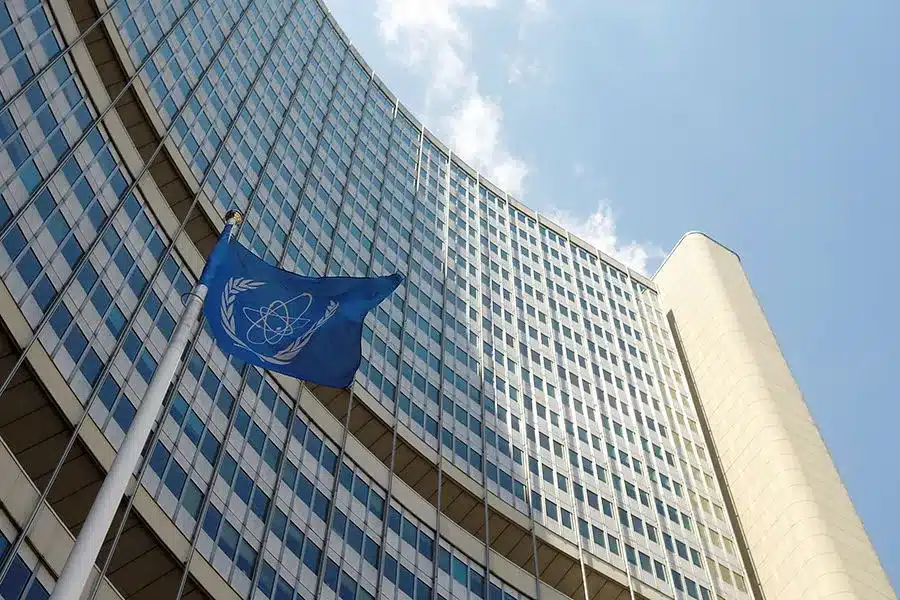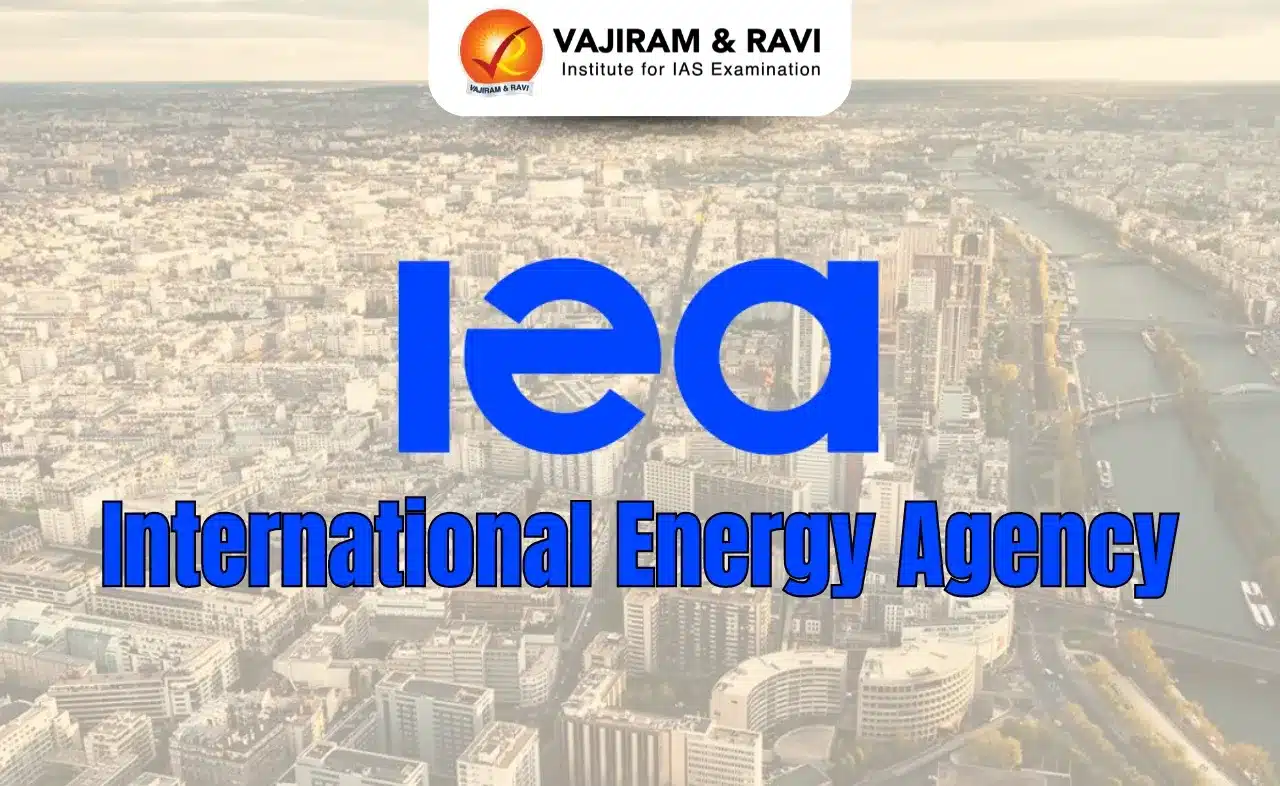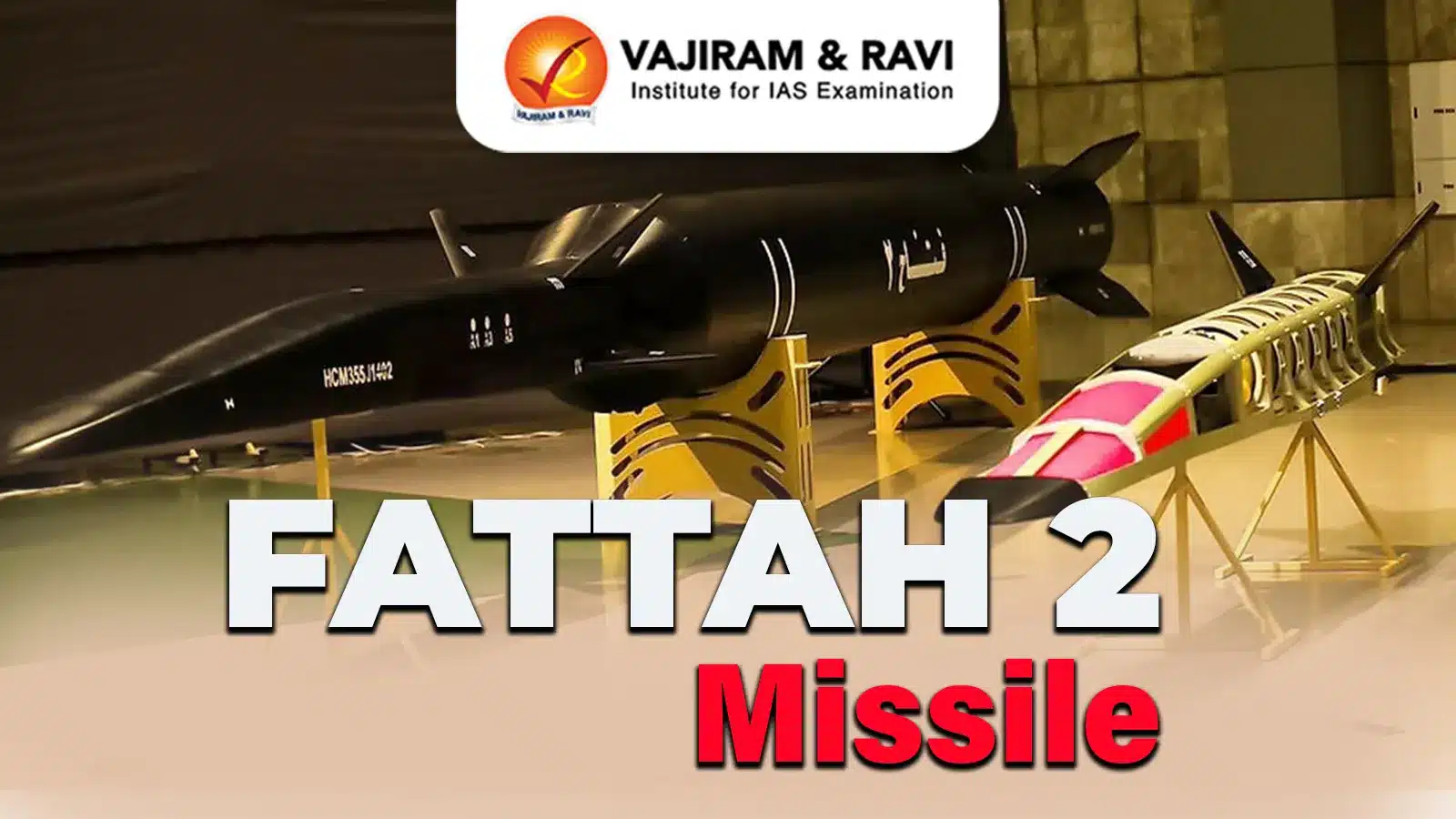About International Atomic Energy Agency (IAEA):
- It is the world’s foremost intergovernmental forum for scientific and technical cooperation in the nuclear field.
- It is widely known as the world’s “Atoms for Peace and Development”organizationwithin the United Nations family.
- It works for the safe, secure, and peaceful uses of nuclear science and technology.
- History: Though established as an autonomous organisation, independently of the United Nations through its own international treaty, the IAEA Statute, the IAEA reports to both the United Nations General Assembly and Security Council.
- Headquarters: Vienna, Austria.
- Currently, it has 178 member states.
- Structure:
- The General Conference, consisting of all members, meets annually to approve the budget and programs and to debate the IAEA’s general policies.
- The Board of Governors, which consists of 35 members who meet about five times per year, is charged with carrying out the agency’s statutory functions, approving safeguards agreements, and appointing the director general.
- The day-to-day affairs of the IAEA are run by the Secretariat, which is headed by the director general.
- Functions of IAEA:
- The Agency works with its Member States and multiple partners worldwide to promote the safe, secure and peaceful use of nuclear technologies.
- It applies nuclear safeguards – consisting of monitoring, inspection, information analysis, and other activities – to verify that nuclear activities remain peaceful and detect and deter their diversion, including to weapons-related purposes.
- In particular, the IAEA implements comprehensive safeguards agreementsmandated by the Nuclear Non-Proliferation Treaty (NPT), which serve as a first line of defense against nuclear weapons proliferation.
- IAEA assists its Member States and promotes the exchange of scientific and technical information between them.
- IAEA enhances national, regional, and international capacities to respond to nuclear and radiological incidents, which is essential to minimizing their impact.
Q1: What is the Nuclear Non-Proliferation Treaty (NPT)?
The NPT is an international treaty whose objective is to prevent the spread of nuclear weapons and weapons technology, to foster the peaceful uses of nuclear energy, and to further the goal of disarmament. The Treaty represents the only binding commitment in a multilateral treaty to the goal of disarmament by the nuclear-weapon States.A total of 191 States have joined the Treaty, including the five nuclear-weapon States.South Sudan, India, Pakistan, and Israel have never joined the NPT. North Korea joined the NPT in 1985, but withdrew in 2003.
News: New IAEA Report on Climate Change and Nuclear Power Focuses on Financing
Last updated on June, 2025
→ UPSC Notification 2025 was released on 22nd January 2025.
→ UPSC Prelims Result 2025 is out now for the CSE held on 25 May 2025.
→ UPSC Prelims Question Paper 2025 and Unofficial Prelims Answer Key 2025 are available now.
→ UPSC Calendar 2026 is released on 15th May, 2025.
→ The UPSC Vacancy 2025 were released 1129, out of which 979 were for UPSC CSE and remaining 150 are for UPSC IFoS.
→ UPSC Mains 2025 will be conducted on 22nd August 2025.
→ UPSC Prelims 2026 will be conducted on 24th May, 2026 & UPSC Mains 2026 will be conducted on 21st August 2026.
→ The UPSC Selection Process is of 3 stages-Prelims, Mains and Interview.
→ UPSC Result 2024 is released with latest UPSC Marksheet 2024. Check Now!
→ UPSC Toppers List 2024 is released now. Shakti Dubey is UPSC AIR 1 2024 Topper.
→ Also check Best IAS Coaching in Delhi
























